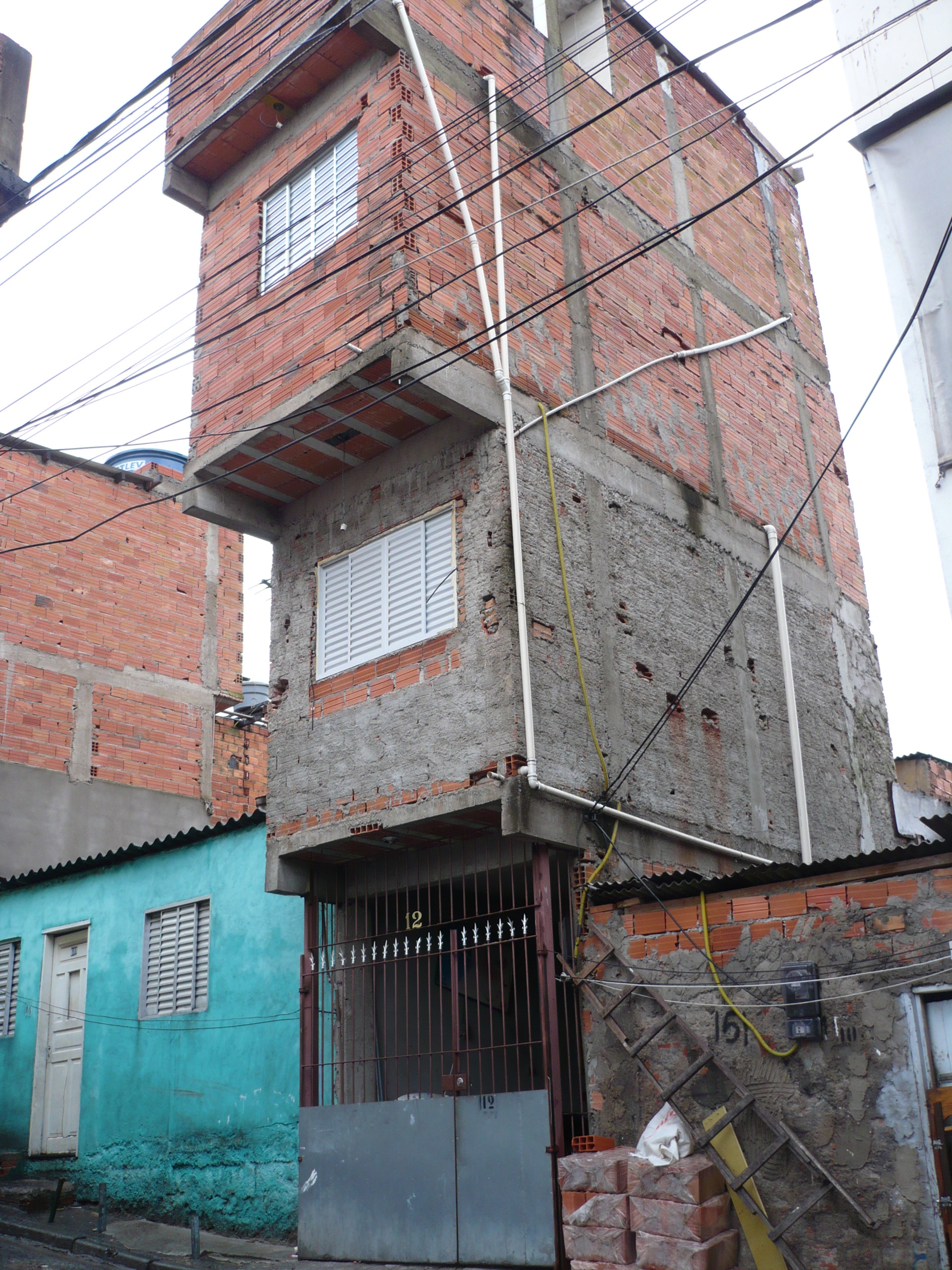Living trees contain a good amount of water, and so don't burn all that easily. Wood used in construction has most of their water removed, and so is easier to burn.
And yes, they build houses with wood in a fire-prone area. Quite the bold strategy.
Living trees contain a good amount of water, and so don't burn all that easily. Wood used in construction has most of their water removed, and so is easier to burn.
And yes, they build houses with wood in a fire-prone area. Quite the bold strategy.
And yes, they build houses with wood in a fire-prone area. Quite the bold strategy.
Genuine question, isn't that bc of earthquake risk?
It is largely due to seismic requirements, yes. Platform framed wood construction is very good in an earthquake. Brick sucks for seismic, and concrete or concrete block can be good for seismic loading, but is expensive. Concrete might pencil out if you were building apartments, but that’s usually illegal in most parts of a west coast city.
Thanks for the reply. The older I get the more I wanna live in a dope concrete apartment building, and I don't even live in an earthquake or fire risk area... (yet, who knows what's in store)
The virgin flammable suburbian mcmansion vs the chad favela

Minus the power lines, give it all a fresh coat of paint/stucco and that would look pretty dope I think.
Spread some public art and plant life around and I'm nearly there
Brightly-coloured bad urbanism is still bad urbanism
Where can I read more about this topic
Poor neighborhoods that are ignored/allowed to grow with zero planning by the city government, eventually become a big enough group of problems that the useless dickheads in charge say "alright, lets fix this". The quickest thing to do is to paint soulless murals and bright colors on the small poor houses to give the impresion of doing something.
It's not intrinsically a bad thing nor necesarily counterproductive to attack the aesthetics first, but since the bigger solutions usually never come, it's infuriating. It's the kind of shit ~~CIA larvae rearing centres~~ failsons-lead NGOs do.
Something something "poverty romantization", etc
https://www.vice.com/es/article/el-problema-de-querer-combatir-la-pobreza-con-pintura-en-bogota/
Thank you. Please forgive, I didn't intend to imply aesthetics fix everything despite my comment appearing so.
Pff, relax, no problem
Yes, and also they statistically contain less incriminating materials in the Diddy case.
Live trees have lots of water.
American modern, single family home building standards are a total joke compared to much of Europe and Japan / SK.
Almost all new homes are made of (dehydrated) wood, dry wall and fiberglass insulation, not brick, not concrete, not masonry.
Any brick, or masonry you see is very likely to just be a superficial thin veneer, concrete is basically only used in foundations, and that's becoming less substantial and more rare as well.
Its also become very common for just plastic (polyurethane, vinyl) to be used in flooring, external siding, and roofing.
The only exceptions to this, for single family homes, are basically from before the 1960s, and most of these are basically falling apart as the cost of maintenance is unaffordable to most people living in them, with the exception of some basically wealthy 'old money' neighborhoods in certain areas.
When I was working construction, we had to put so many doodads onto buildings made of plastic or shitty plaster to look like brick/stone/whatever. And it was all cheap garbage, but the bourgeois owners wanted it on their buildings.
I have a story about these horrifying $50,000 plaster columns this trophy wife wanted that didn't actually support anything and didn't match the rest of the house. But hey, it's your money. Don't listen to your architect or the stone masons you hired who all recommended doing it for less money using matching hand-cut stone. They also insisted on ordering this expensive ass fireplace mantle made of shitty material instead of letting the carpenter or mason do a custom, more personal piece.
There was so much shit going on with that house and it had over $1 million budget pre-recession. I imagine there's even more in LA.
I thought Home building standards in Japan are also, just seen on a technical level, fairly bad because it's common to just bulldoze and rebuild? Excluding something like earth quake resistance
The government passed the Long Life Housing act in 2009 to try to change that.
Building codes in Cali are different due to earthquakes, and wood becomes a much more tenable option for many.
Brick houses? In this economy??
No modern houses in the US are basically made out of kindling, cheap and fast to erect.
Also plenty of petrochemicals
The amount of energy needed to completely burn down a tree is higher than the amount of energy to burn down a house.
The fuel to feed a fire around a tree is likely just going to be the surrounding vegetation, so lawn grass. The grass catches quickly, burns up, dries out the nearby grass, the fire moves to the new dry spot and dies out in the previous spot.
A house is just full of fuel and surface area for a fire to catch.
Another way to express this is that bark is more fireproof than vinyl siding.
At least where I live (suburban Australia), eucalyptus trees are common street trees and have evolved to regrow after fire and even in some species only release seed after fire (heat and smoke is required to crack open the pods). Others like paperbarks only lose their outermost layer to the fire and then regenerate afterwards. I guess what I'm trying to say is that some trees are surprisingly resilient even in urban settings. From what I understand, eucalypts aren't uncommon in California and I wouldn't be surprised if the other street plantings in LA included native species that are similarly adapted.
The common eucalyptus in California is the blue gum, which has adapted to burn itself down and take the rest of the forest with it (the fire climbs the bark into the canopy and ignites the leaves, which are full of flammable oil). It's understood to be a wildfire hazard out there.
Holy shit lol
It's one of the most hilariously insane plant life histories ever. Most plants that exhibit serotiny (cones or seed pods that only open in response to smoke or flame) drop their seeds and wait for a small brushfire to come along and clear out the undergrowth. Blue gums overdo it by keeping their pods in the canopy and actively accelerating any fires that happen so that they're the only thing left to grow in the ashes.
And of course people took one look at wildfire prone California and thought to themselves "Oh man, we need to plant a ton of these trees here"
Eucalyptus are common in California but they are invasive.
Almost all native trees of California are also fire adapted, because we have had large annual wildfires for a long ass time. I obviously can't tell what kind of trees those are, but this is a common trend with wildfire damage
You can make a house fairly fire resistant even with wood construction. Using cement siding.
I'm sure that would help on the margins but I wonder if a fire of this scale could easily ignite or carbonize the timber frame behind it anyway...
Bricks don't have termite problems
Sure but you still use wood in brick construction. There is seismic concerns where flexibility is important. And I don't think you can throw up a brick house in an afternoon.
"And I'll huff, and I'll puff, and I'll burn your house down!"


Maybe they should build tree houses.
They should just build the whole plane out of black boxes
wait they did build the houses out of trees. shit I'm out of ideas
Adding to what folks have said, one of the single largest factors in Wildland fires destroying houses is the widespread use of tarpaper or shingle roofs. Wildfires in high winds launch large quantities of extremely hot embers and even chunks of burning materials, and generally the way these fires spreads to houses is those landing on roofs or vegetation next to houses. Less flammable roof options such as corrugated metal, slate or tile are significantly more expensive, so they are not used generally.
So you will be SWATed by the HOA if your lawn grass is not the exact approved variety but they let you build the most flamable shit ever in the place that caughts on fire every year?
Surely slate and tile have to balance out in price at some point? The slate on my home's roof is ~120 years old and only needs a little bit of maintenance every 5-10 years.
I saw some footage where the bases of a lot of the palm trees were on fire but they don't burn very well because they're full of water so it just scars the bark and goes out pretty soon. Meanwhile all the shingle roofs are spreading fire from house to house in a flash.
Fire is super random as to what it spares and what it doesn't
Ask Hexbear is the place to ask and answer ~~thought-provoking~~ questions.
Rules:
Posts must ask a question.
If the question asked is serious, answer seriously.
Questions where you want to learn more about socialism are allowed, but questions in bad faith are not.
Try [email protected] if you're having questions about regarding moderation, site policy, the site itself, development, volunteering or the mod team.